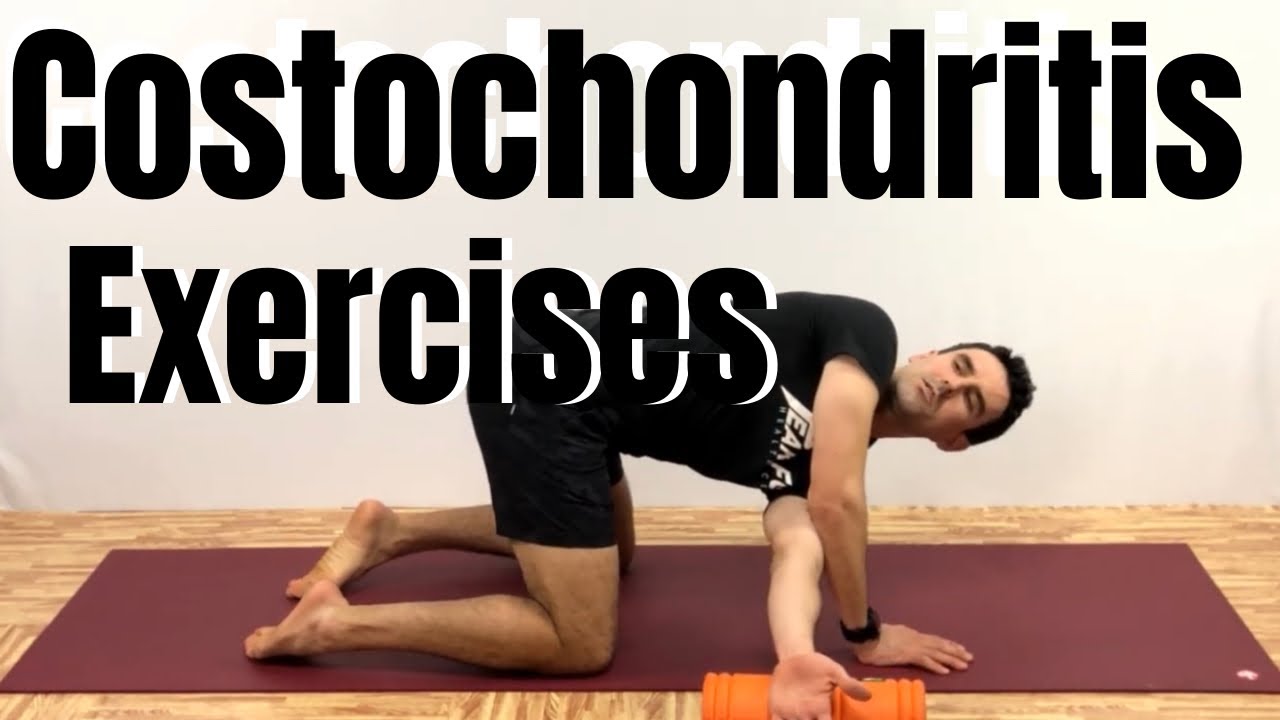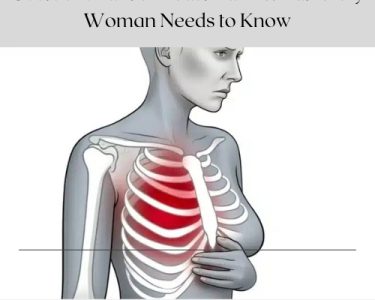Costochondritis, a condition marked by inflammation of the cartilage connecting the ribs to the sternum, can cause discomfort and chest pain that may interfere with daily activities. While rest is crucial, targeted costochondritis exercises can help reduce pain, improve mobility, and enhance overall chest stability. Below, we explore ten effective exercises to relieve chest pain naturally. Always consult a healthcare provider before starting any exercise routine, especially if you have severe symptoms.
What is Costochondritis?
Costochondritis is an inflammatory condition that affects the cartilage connecting your ribs to your breastbone (sternum). This cartilage is known as the costosternal or costochondral junction. The condition often causes chest pain that can be sharp or aching, typically localized to one side of the chest. This pain may worsen with physical activity, deep breathing, or pressure applied to the affected area.
Key Points About Costochondritis:
Symptoms:
- Pain in the chest, often near the sternum.
- Tenderness when pressing on the chest area.
- Pain that may radiate to the back or abdomen in some cases.
Causes:
- Physical trauma or injury to the chest.
- Repetitive strain from activities like heavy lifting or vigorous exercise.
- Respiratory infections that involve frequent coughing.
- Conditions like arthritis or fibromyalgia.
1. Deep Breathing Exercises
Deep breathing helps reduce chest tightness and improves lung capacity.
How to Do It:
- Sit or lie down in a comfortable position.
- Inhale deeply through your nose for 4 seconds, filling your chest and abdomen.
- Hold the breath for 2 seconds, then exhale slowly through your mouth for 6 seconds.
- Repeat 5–10 times.
Benefits:
Promotes relaxation and reduces muscle tension in the chest.

2. Chest Stretch
A simple stretch to relieve tightness in the chest muscles.
How to Do It:
- Stand in a doorway with your arms bent at 90 degrees, hands against the doorframe.
- Step one foot forward and gently press your chest forward until you feel a stretch.
- Hold for 15–20 seconds and repeat 3 times.
Benefits:
Loosens tight pectoral muscles and relieves chest discomfort.
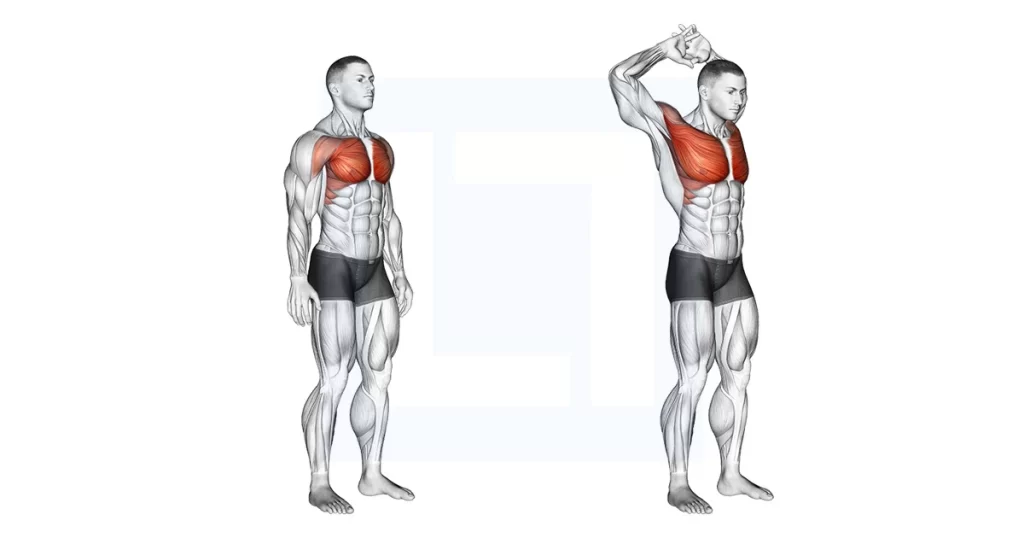
3. Shoulder Blade Squeeze
This exercise strengthens the back muscles to support the chest.
How to Do It:
- Sit or stand with your back straight.
- Pull your shoulder blades together as if trying to pinch something between them.
- Hold for 5 seconds, then release.
- Repeat 10–15 times.
Benefits:
Improves posture and reduces strain on the chest.
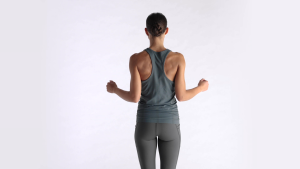
4. Wall Angels
Great for improving mobility in the chest and shoulders.
How to Do It:
- Stand with your back against a wall, feet a few inches away from it.
- Raise your arms to shoulder height and move them up and down like a snow angel.
- Keep your lower back pressed against the wall throughout.
- Perform 10–12 repetitions.
Benefits:
Relieves stiffness and improves chest flexibility.

5. Cat-Cow Stretch
A yoga-inspired move to relieve chest and upper back tension.
How to Do It:
- Start on all fours with your hands under your shoulders and knees under your hips.
- Arch your back, lifting your head and tailbone (Cow Pose).
- Then round your back, tucking your chin to your chest (Cat Pose).
- Alternate slowly for 8–10 repetitions.
Benefits:
Eases stiffness and improves spinal mobility.
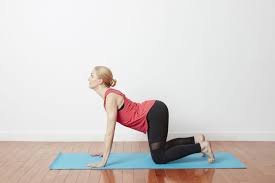
6. Upper Back Foam Rolling
Foam rolling helps release tension in the upper back and chest area.
How to Do It:
- Lie on your back with a foam roller under your upper back.
- Cross your arms over your chest or place them behind your head.
- Roll gently back and forth for 1–2 minutes.
Benefits:
Reduces muscle tightness and improves circulation.
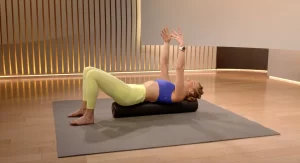
7. Side Stretch
This targets the intercostal muscles between the ribs.
How to Do It:
- Stand with your feet shoulder-width apart.
- Extend your right arm overhead and bend to the left side.
- Hold for 15–20 seconds, then switch sides.
- Repeat 3 times on each side.
Benefits:
Relieves rib cage tension and improves flexibility.
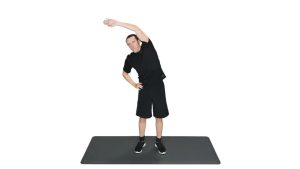
8. Doorway Push-Ups
A gentle push-up modification to engage chest muscles without strain.
How to Do It:
- Stand facing a doorway, place your hands on the frame at shoulder height.
- Lean forward slightly, then push back to the starting position.
- Perform 10–12 repetitions.
Benefits:
Strengthens chest muscles while reducing strain on the joints.

9. Scapular Protraction and Retraction
Focuses on improving shoulder and chest alignment.
How to Do It:
- Stand or sit with your back straight.
- Push your shoulders forward as far as possible (protraction).
- Then pull them back as far as possible (retraction).
- Alternate for 8–10 repetitions.
Benefits:
Enhances posture and reduces chest discomfort.
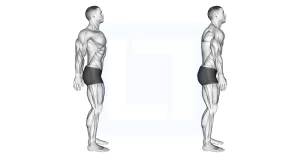
10. Neck and Upper Chest Stretch
A relaxing stretch to release upper chest and neck tension.
How to Do It:
- Sit or stand upright.
- Tilt your head back slightly while keeping your shoulders relaxed.
- Hold the stretch for 15–20 seconds.
- Repeat 3 times.
Benefits:
Relieves tension that can contribute to chest pain.
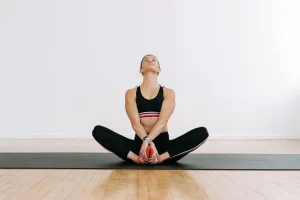
Tips for Safe Exercise
- Start slowly and avoid any movement that causes sharp pain.
- Focus on proper form to prevent strain.
- Combine these exercises with other treatments, such as warm compresses or anti-inflammatory remedies, for best results.
Conclusion
Incorporating these costochondritis exercises into your routine can significantly alleviate chest pain and improve mobility. Consistency is key, so practice these moves regularly and pair them with healthy lifestyle habits. Always consult your healthcare provider to tailor these exercises to your individual needs. With patience and the right approach, you can manage costochondritis naturally and effectively.

